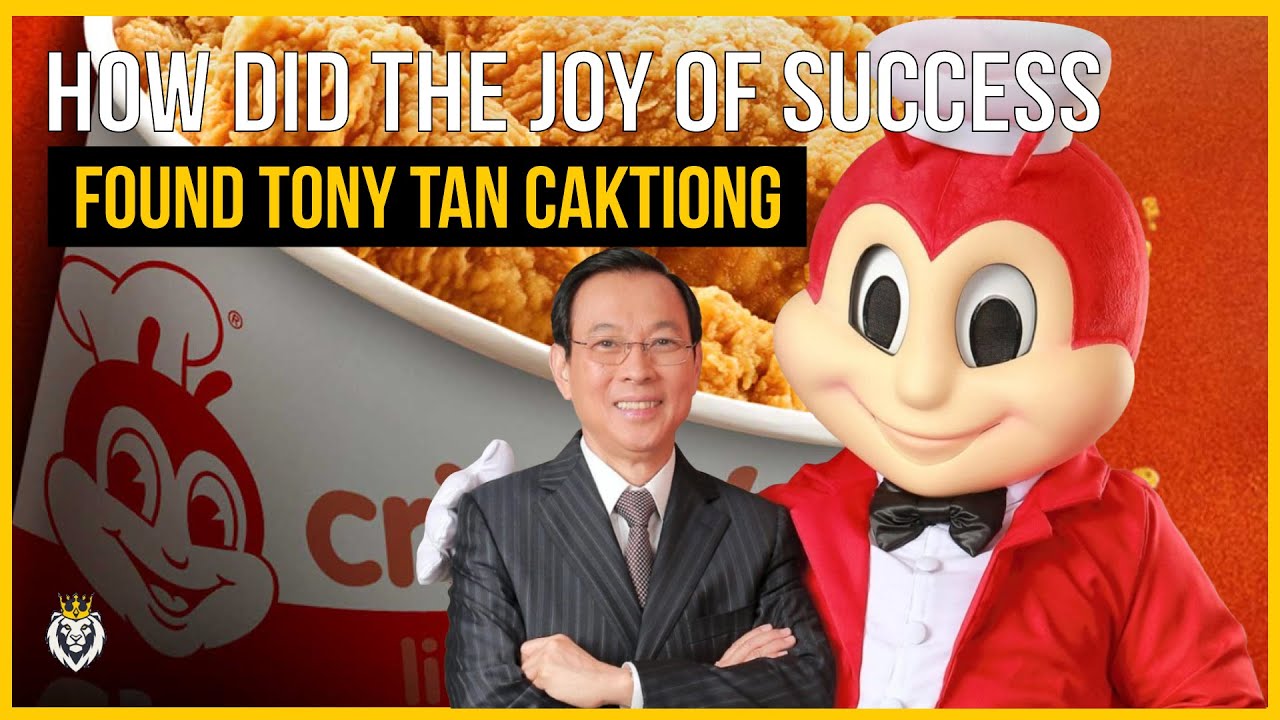Why Is McDonald's Struggling In The Philippines? Jollibee
Summary
TLDRJollibee, a Filipino fast-food chain established in 1978, has successfully dominated the Philippine market, outperforming global giant McDonald's. Known for its sweet and savory menu, including spaghetti with sweet banana ketchup sauce, Jollibee has captured the hearts of Filipinos with its family-oriented branding and 'Langhap-Sarap' tagline. With a majority stake in other local chains and a growing international presence, Jollibee is expanding beyond its home base, targeting the Filipino diaspora and exploring acquisitions in the U.S., such as Smash Burger and Tortas Frontera, to increase its global footprint.
Takeaways
- 🌏 McDonald's is a global fast food giant with over 37,000 restaurants worldwide but faces a unique challenge in the Philippines.
- 🏆 Jollibee is the leading fast food chain in the Philippines, having established a strong presence since 1978 and outperforming McDonald's in the local market.
- 💰 Jollibee offers competitive pricing, often being cheaper than McDonald's, which has helped it capture a significant market share.
- 🍔 The Filipino taste preference for sweet flavors is catered to by Jollibee, with unique menu items like sweet spaghetti and burger steaks.
- 👨👩👧👦 Jollibee's branding emphasizes family values and a cheerful, busy Filipino spirit, resonating with the local culture and consumers.
- 📊 Jollibee Foods Corp. has a diverse portfolio, owning other popular food chains in the Philippines, including ChowKing, Greenwich, and Red Ribbon.
- 📈 Despite being the top fast food chain in the Philippines, Jollibee is looking to expand internationally, targeting the Filipino diaspora and new markets.
- 📍 Jollibee's international expansion includes over 200 locations in countries like Saudi Arabia, Kuwait, Italy, Canada, and the United States.
- 🇺🇸 In the U.S., Jollibee has opened locations primarily in cities with large Filipino communities, such as New York City's Times Square.
- 🍔 Jollibee Foods Corp. has also acquired stakes in American brands like Smash Burger and Tortas Frontera to increase its presence and appeal to a broader audience.
- 💼 While Jollibee is successful in the Philippines and expanding abroad, it still lags behind McDonald's in terms of global revenue and brand dominance.
Q & A
Why has McDonald's struggled to become the number one fast food chain in the Philippines?
-McDonald's has struggled in the Philippines due to the strong presence of Jollibee, which established itself early and offered competitive pricing and recipes that resonated with Filipino tastes.
When was Jollibee founded and what is its significance in the Philippine market?
-Jollibee was founded in 1978 and has become significant as it captured the market early, offering a value proposition that was hard for international brands like McDonald's and KFC to match.
How does Jollibee differentiate its menu from McDonald's to appeal to Filipino consumers?
-Jollibee's menu includes items like sweet burger steaks and spaghetti with sweet banana ketchup sauce, which cater to Filipino preferences for sweeter flavors in their fast food.
What is Jollibee's pricing strategy compared to McDonald's?
-Jollibee positioned itself as a more affordable option compared to McDonald's, with a price difference of about 50 cents to a dollar for every value meal.
What cultural elements does Jollibee incorporate into its branding and marketing?
-Jollibee uses the tagline 'Langhap-Sarap,' which emphasizes the pleasant smell of its food, and its mascot, a human-sized bumblebee, represents the Filipino spirit of being busy yet cheerful.
How has Jollibee expanded its presence beyond the Philippines?
-Jollibee has expanded internationally with over 200 locations in countries like Saudi Arabia, Kuwait, Italy, and Canada, and it has also opened locations in the U.S., targeting cities with large Filipino communities.
What is the current market share of Jollibee compared to McDonald's in the Philippines?
-In 2017, Jollibee captured nearly 36% of the fast food market in the Philippines, while McDonald's had about half of that share.
Which other food chains does Jollibee Foods Corp. own in the Philippines?
-Jollibee Foods Corp. owns other chains in the Philippines, including ChowKing, Greenwich pizza, Red Ribbon, and U.S.-based Burger King.
What is Jollibee's strategy for growth given the saturation of the domestic market in the Philippines?
-Jollibee is focusing on international expansion, targeting the Filipino diaspora and diversifying its brand portfolio with acquisitions like Smash Burger and Tortas Frontera.
How does Jollibee's revenue compare to McDonald's on a global scale?
-While Jollibee is the leading fast food chain in the Philippines, its global revenue is significantly lower than McDonald's, which made nearly $23 billion in 2017 compared to Jollibee Foods Corp.'s revenue of only 10% of that amount.
What steps is Jollibee taking to expand its presence in the U.S. market?
-Jollibee is opening locations in U.S. cities with large Filipino populations and has taken a majority stake in Smash Burger to increase its presence and target American consumers.
Outlines

This section is available to paid users only. Please upgrade to access this part.
Upgrade NowMindmap

This section is available to paid users only. Please upgrade to access this part.
Upgrade NowKeywords

This section is available to paid users only. Please upgrade to access this part.
Upgrade NowHighlights

This section is available to paid users only. Please upgrade to access this part.
Upgrade NowTranscripts

This section is available to paid users only. Please upgrade to access this part.
Upgrade NowBrowse More Related Video

Success Story of Jollibee (CC English) | ESTv Stories

The History of Mang Inasal and the Injap Sia Success Story

Bida Ang Saya: Tony Tan Caktiong Life Story

🍟 Intentó ser saludable pero fracasó | Caso McDonald´s

Jollibee vs The Giants: The True Underdog Story

TONY TAN CAKTIONG - The Story & Success of Founder of Jollibee (Restaurant worker to billionaire!)
5.0 / 5 (0 votes)